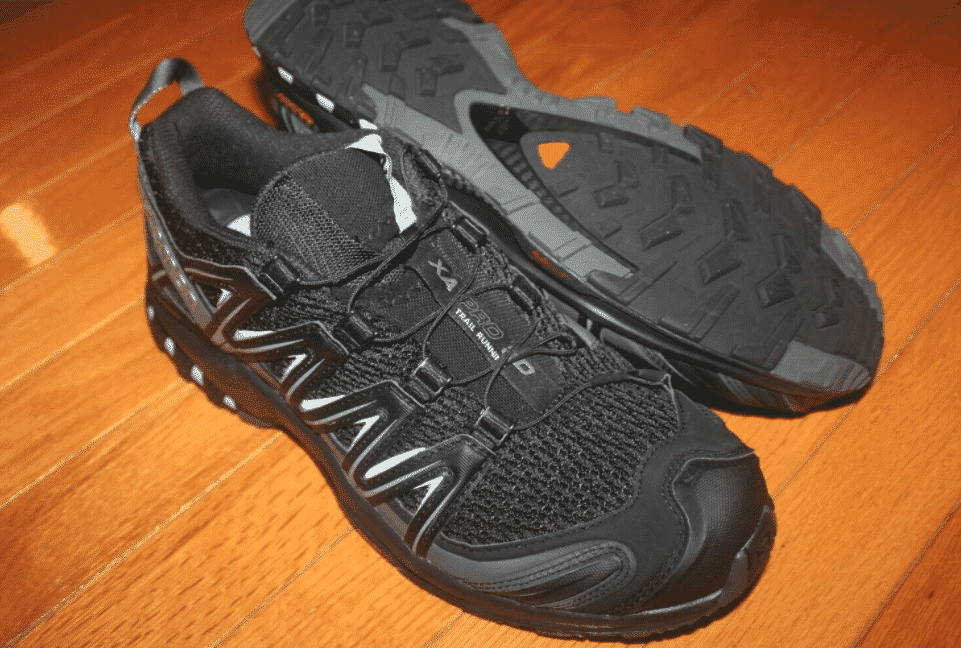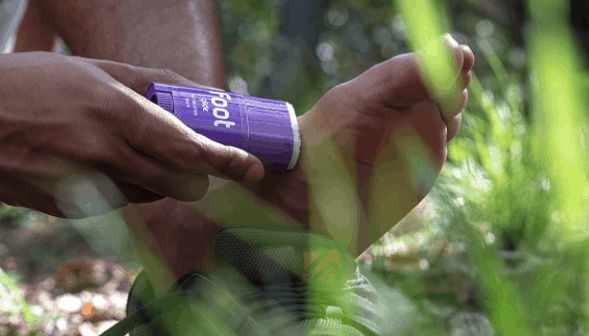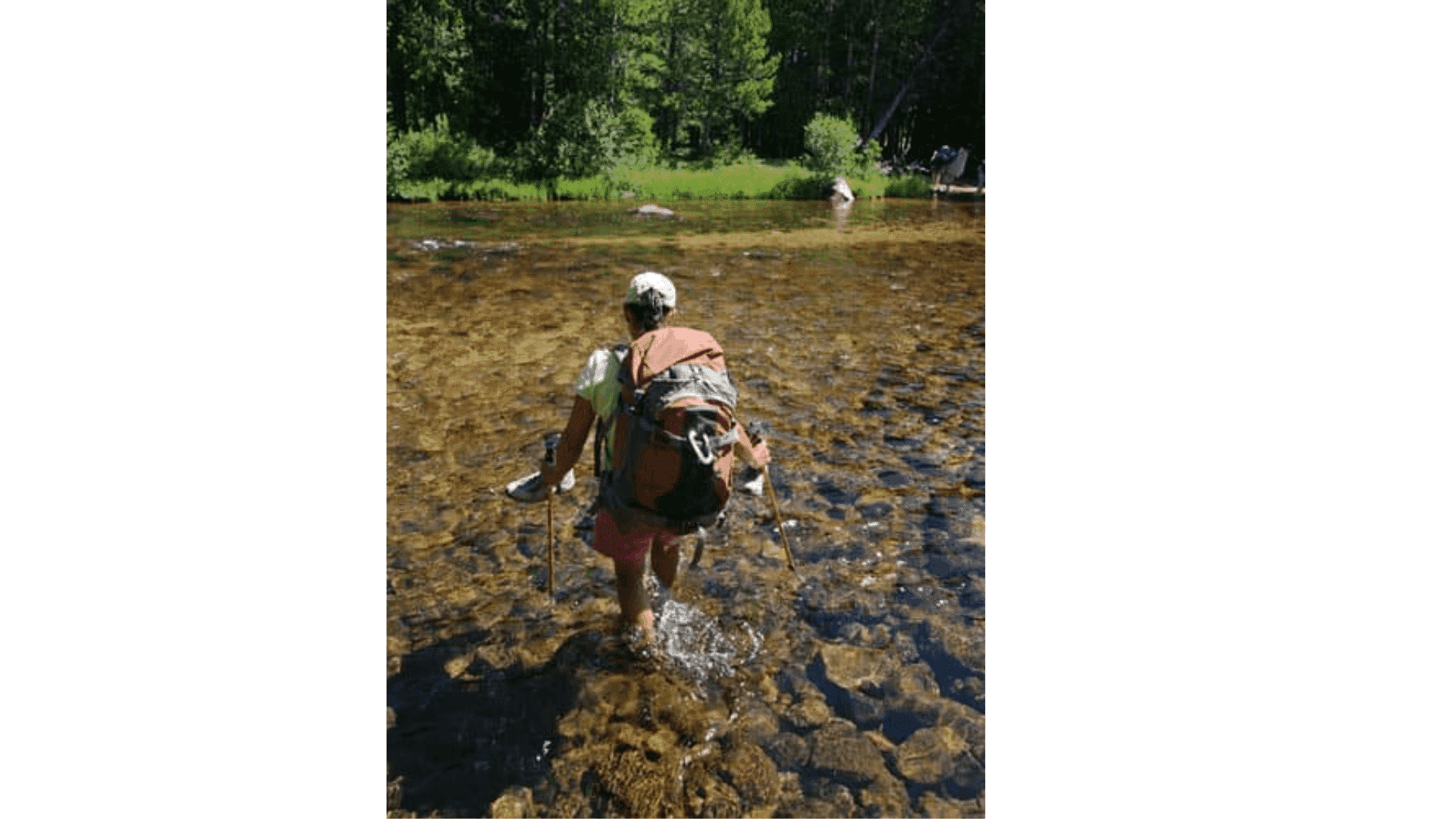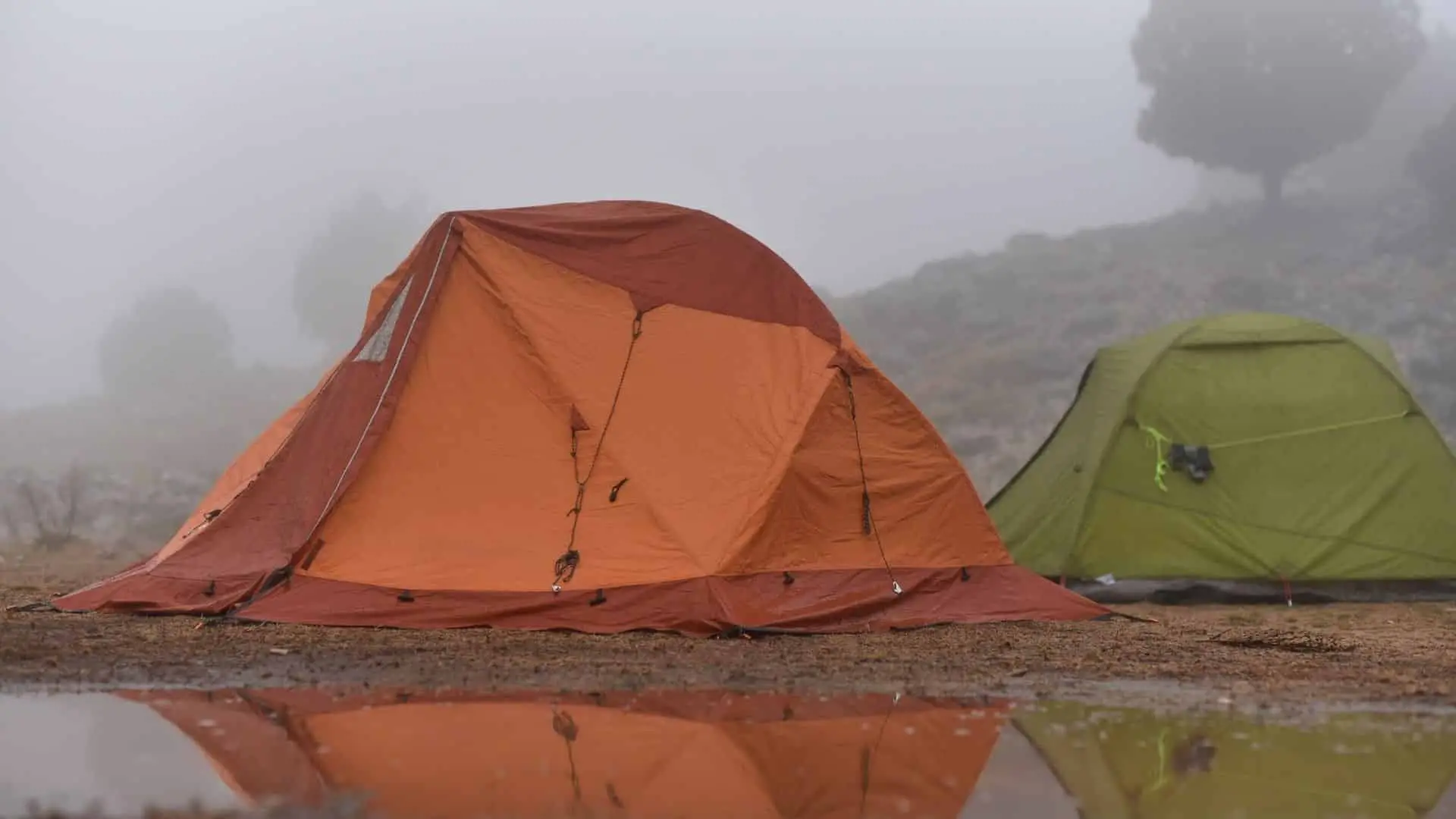Crossing the occasional river, stream, and creek is just part of backpacking. Nobody loves getting their shoes wet, but you do have to learn to live with it. Hopefully, you have on a pair of hiking shoes that will dry fast after being submerged in river water.
What shoes are best for hiking through rivers and streams? Quick-drying trail runners are best for hiking through rivers and streams. They have breathable mesh uppers so they dry fast, plus they’re lightweight and flexible. Try to find a pair of shoes that’s comfortable when wet and dries fast.
Crossing rivers is just something you need to get used to. Keeping your feet dry isn’t possible. You will be a whole lot happier once you get past the psychological barrier of getting your feet wet.
If you buy the right shoes, wear the right socks, and take care of your feet, you shouldn’t have any problems. In this article I will explain everything you need to know about buying hiking shoes for crossing rivers and streams.
Table Of Contents
What’s The Best Shoe For Hiking Through Rivers and Streams?

You can only carry so much gear on a backpacking trip. When I first started backpacking, I carried a pair of Merrell Water Shoes that were specifically designed for hiking.
They were really nice and dried fast, but they just seemed unnecessary. My feet/socks still got wet and they still take a while to dry. So I decided to trade in my water shoes for a pair of trail runners and never looked back.
Since then I’ve switched back and forth between Salomon and Merrell Trail Runners. They’re way more comfortable than the water shoes and dry just as fast. Just check out Amazon for Trail Runners and I’m sure you’ll find something in your price range.
Just make sure you pair them with Merino Wool hiking socks. Merino wool dries fast, fights against blisters, and stays comfortable when wet. The only downside is the price.
Smartwool socks are by far the most comfortable, but Darn Tough Hiking Socks are slightly more durable. You can’t go wrong with either option.
Wear Trail Shoes That Drain and Dry Fast
Getting your shoes wet in a river crossing is sometimes unavoidable. Look for shoes that are lightweight with lots of drainage. I prefer trail runners, but running shoes, hiking sandals, and water shoes will also work.
You can save a lot of time and aggravation by purchasing trail runners or hiking shoes without waterproof liners. Waterproof boots will take forever to dry when water inevitably swamps your shoes.
What to Look For: Best Shoes For Hiking Through Rivers
- Lightweight: Lightweight shoes will absorb less water. There’s just less material for the water to soak into.
- Breathable Mesh: The entire upper portion of the shoe should be lined with breathable mesh. You want the water to drain out quickly and not get trapped in the shoe. Waterproof hiking shoes will trip the water in your shoes.
- Thin Foam Pad: Go with the smallest open-cell foam pad you can find. It might not be as comfortable in the short term, but it will hold less water.
- Flexible Sole and Sides: Flexible shoes will be more comfortable and force the water out of the sides. Each step you take plunges more and more water out of the shoe.
- Thin Merino Wool Socks: Merino wool socks will both soak up less water and keep it away from your feet. Synthetic socks might dry a little bit faster, but wool is way more comfortable when wet. You don’t have to worry about blisters/hotspots and the anti-microbial properties keep them smelling fresh.
Water Shoes Won’t Dry Faster
Let me start off by saying that I haven’t tested every pair of water shoes on the market. All I can say is that from personal experience water shoes don’t dry significantly faster than trail runners. Plus they generally have cheap soles that don’t provide much traction.
Most people will have a much better experience with regular old trail runners. They’re way more comfortable, provide excellent traction and dry fast. Some people like hiking sandals, but I always end up smashing my toes and cutting my feet.
Just Get Your Hiking Shoes Wet!
It took years for me to get comfortable crossing rivers. I used to hop-scotch rocks and find alternate routes, but that’s a recipe for failure. You usually end up getting wet anyway and possibly getting hurt.
Your better off sucking it up and just walking through the water with your hiking shoes on. There’s less risk of getting injured and it doesn’t take long for your shoes to dry. You don’t need to stop and change shoes/socks and can save weight by leaving “water shoes” at home.
It’s hard to get past the two barriers that most hikers face when crossing a stream. Hikers just can’t get past the trauma of wet feet and the possibility of blisters caused by the added moisture.
They do have a point, wet feet can cause problems, but there are ways to prevent immersion foot (aka Trench Feet). Having wet feet might be less comfortable, but it won’t cause any real impact on a hiker’s performance.
Cold river water isn’t going to instantly cause rubbing and blisters. Most hikers actually like the way cold water feels on their feet. Blisters are caused mostly by heat and friction. Moisture plays a part, but blisters can be avoided with the right socks.
Never Cross Rivers Without Shoes
You wouldn’t hike barefoot on dry ground so why would you cross a stream without shoes? Who knows what you’ll step on when you can’t see your feet.
Crossing rivers barefoot is a recipe for disaster. Rivers and streams are filled with sharp rocks and pointy sticks. Wearing some sort of foot protection will help protect your feet from injury.
Wear Merino Wool Socks
Never wear cotton socks! Even synthetic blends are a bad choice in wet conditions. They might dry fast, but they’re seriously uncomfortable when they get wet.
You need to go out and buy a pair of Merino Wool hiking socks. I’m not talking about the scratchy old socks your grandfather wore. Modern merino wool socks are by far the most comfortable socks money can buy.
I really like the Darn Tough Hiking Socks, but boy are they expensive. They’re really comfortable and last forever, but I could only justify buying 2 pairs. People socks might not last as long, but they’re like 1/3 of the price.
Merino wool socks are cool in the summer and warm in the winter. Plus they dry fast and remain comfortable when wet. It’s kind of weird! Your socks feel wet, but the moisture gets pulled away from your skin so they’re not uncomfortable.
They actually cool your feet down and help fight against blisters. The anti-microbial properties of wool is another added bonus. You don’t have to worry about smelly moldy socks on long trips.
Use a Hydrophobic Barrier Like Desitin and Foot Glide

Use a hydrophobic barrier to further reduce the risk of blisters. Products like Desitin keep moisture away from your skin which significantly reduces blisters.
Just apply a thin layer of Desitin to your feet before putting on socks. Although it should last all day, I usually put on a second application around lunch time. I’m airing out my feet anyway so might as well reapply.
Some people prefer the deodorant stick applicator of Body Glide’s Foot Glide. I don’t think it works quite as well, but it’s easier to apply and you don’t get greasy hands.
Air Out Your Feet During Breaks
There are certain environments where wet feet are inevitable. When you need to cross multiple streams per day your feet won’t ever dry. It doesn’t matter what type of shoes you wear, they will stay wet.
Just coat your feet in desitin, wear a nice pair of merino wool socks, and air out your feet. I like to take off my shoes and socks every time I take a break.
If you take care of your feet, air them out during breaks, change socks at night, and apply something to fight maceration you shouldn’t have to worry about blisters. I’ve had wet feet for days at a time and never run into problems.



